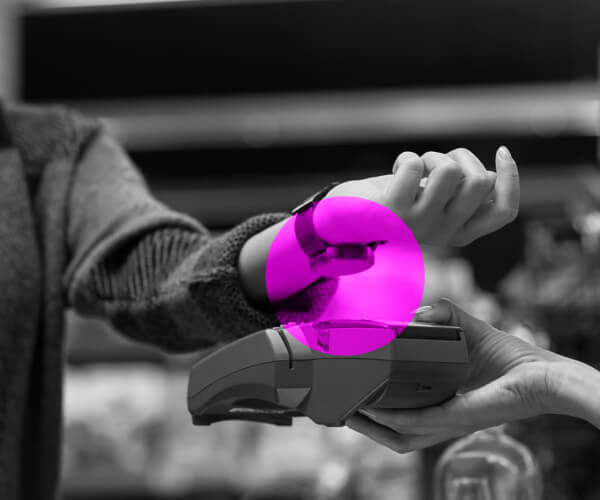Insights
Resources to help you win in the most valuable moment in marketing
Check out our latest awards, blogs, case studies, e-books, events, and podcasts.

We Are Behaviorally.
Guided with Decision Precision.
We know exactly what your customers will decide. How they’ll react. What they’ll do. We’re data. We’re science.
Contact Us